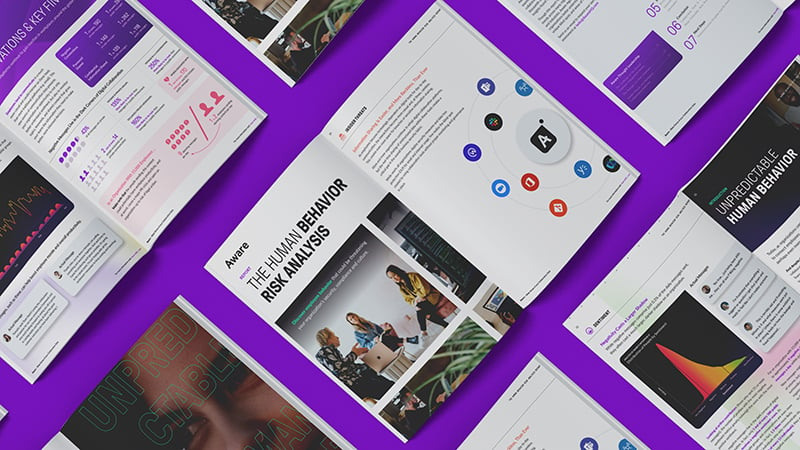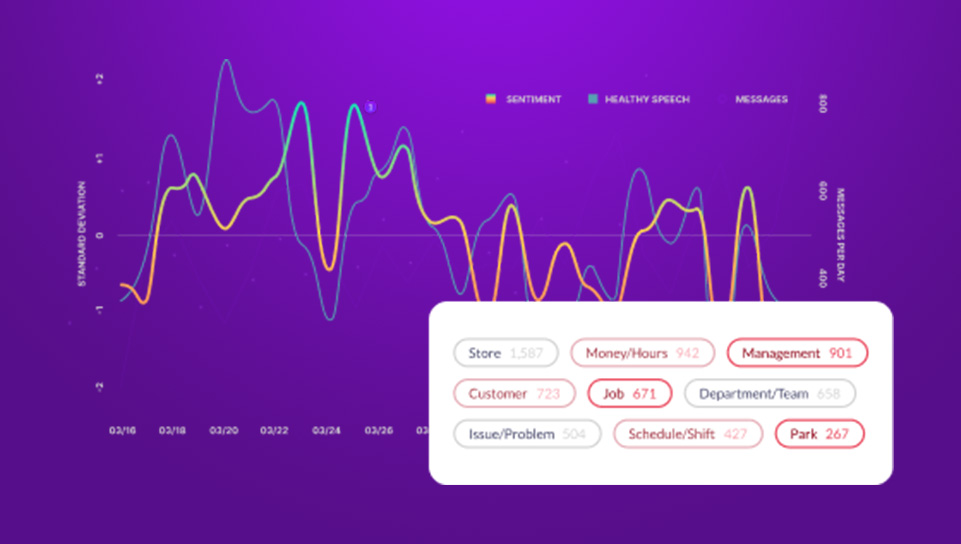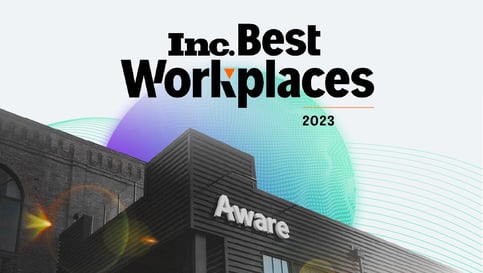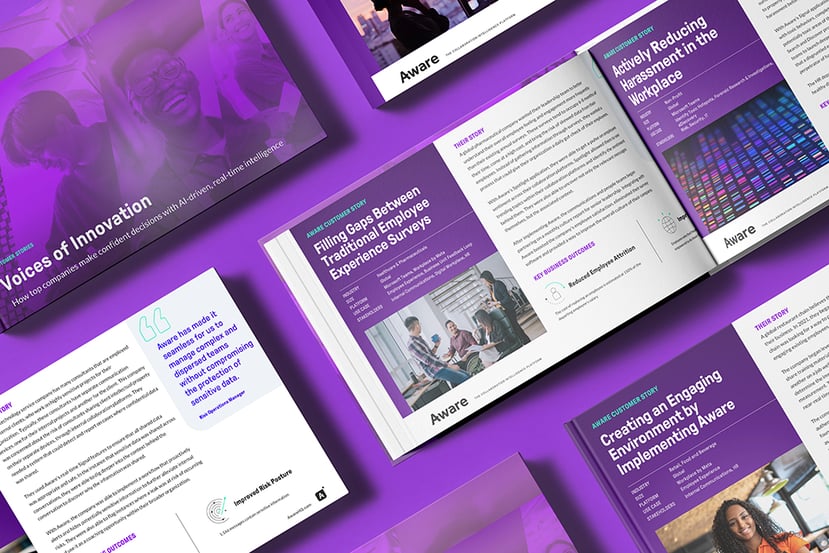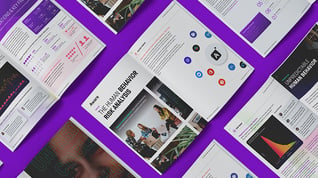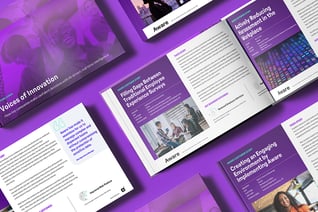Lessons For Human Resources From Seasoned Cyber Security Practitioners
by Aware
Enterprises invest a lot into creating a culture that is attractive for employees to join and conducive for production of their best work. But are human resources doing everything they can to protect the culture they work so hard to build?
Culture Protection is the practice of monitoring the workplace for human behavior risks and responding accordingly.
The work of building an organization’s culture has some interesting parallels to building IT infrastructure.
For decades, enterprises around the globe have invested in building IT systems that enable better work—databases, tech support and technologies that make getting work done easier.
And human resources teams have invested in shaping enterprise cultures and resource programs (benefits, perks) that make getting work done easier.
In IT, though, it is accepted that with introducing new technology comes inherent risks of malfunction or breach which depending on the level of impact can be disastrous to a company's work efficiency, reputation and safety.
That's why we have a specialized team dedicated to risk mitigation—cyber security.
But do we protect our culture like we do cyber security? The risks are just as profound—an unhealthy workplace can lead to flight risks, bad press, and an unsafe employee environment.
Identify Alarming Employee Behavior Anomalies
Human resource teams can learn a few lessons from cyber security teams to start protecting their culture. The first is to constant monitor the workplace for employee behavior anomalies and have a timely response plan.
In data science, anomalies are instances of inconsistency in a dataset. In the case of employee behavior, this would be when an individual or a group of employees are simply acting different than normal.
Anomalies, both positive and negative, serve as a red flag that something is amiss in your organization. Since we are talking about culture protection, negative anomalies that might signal an injured organization culture include:
- Harassment (sexual, racial, or any other kind),
- Toxicity (gossiping, bullying),
- Low sentiment (overall negativity among employees).
All of these issues can have different roots—but by constantly monitoring company culture and identifying concerning incidents such as these, HR teams can effectively allocate their resources on addressing the most pressing, concerning issues in their organization.
Implications of a Broken Culture
If ignored, cultural injuries start to compound on one another and that’s when leaders and employees start to feel a broken culture. An unhealthy workplace environment can lead to employee disengagement, turnover and reduced productivity that will ultimately lead to higher human capital costs for employers.
A toxic or negative workplace culture is felt by employees, but by monitoring it tangibly, leaders can analyze data-backed evidence to illustrate why this might be happening.
3 Actionable Steps to Culture Protection
1. Identify Your Culture’s Key Performance Indicators (KPIs)
Identifying key performance indicators for company culture health will create the foundation for you and your team to identify when something is up with your employees.
2. Monitor for Employee Behavior Anomalies
This is where you need some sort of real-time solution or process, such as Aware, to monitor for employee behavior anomalies.
3. Take Action
It’s not enough to know about it. Responding to anomalies appropriately can avoid a PR nightmare or a complete spin out of control. If a segment of your organization is experiencing a dip in sentiment, perhaps investigate recent events or hold some exploratory conversations to identify the root of the issue. If there is an incidence of toxicity, perhaps inform the manager and encourage a coaching conversation.
